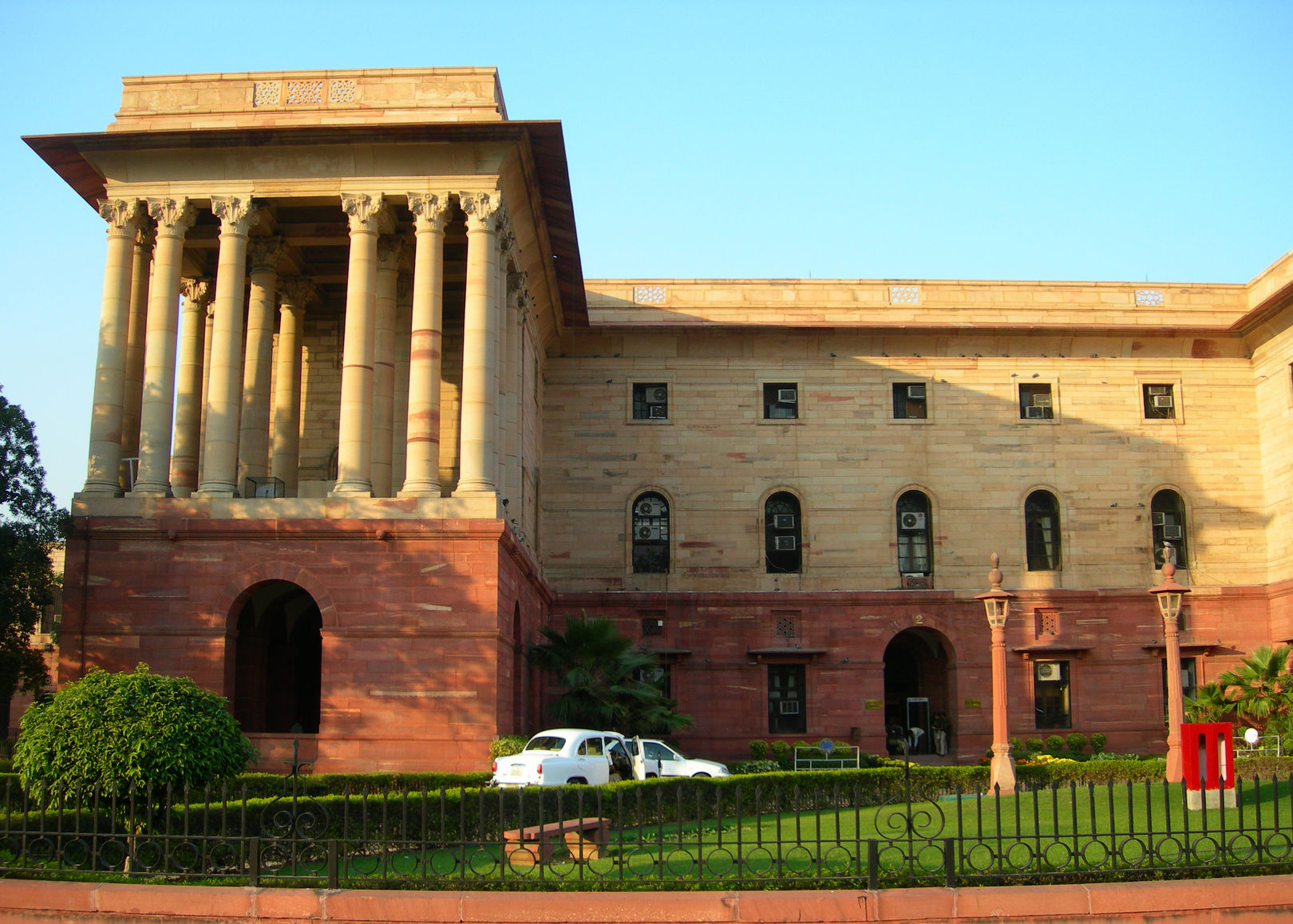It has been established over time that the burden of proof is a core attribute of the criminal justice system. The idea behind the burden of proof is that the innocence of a person is presumed and it is the responsibility of the prosecution to establish the contrary. The importance of the presumption of innocence is most aptly expressed in the words of Bradner:
“The presumption of innocence is not a mere phrase without meaning; it is in the nature of the evidence for the defendant; it is as irresistible as the heavens till overcome; it hovers over the prisoner as a guardian angel throughout the trial; it goes with every part and parcel of the evidence.”[1]
Despite the crucial role that the principle of presumption of innocence plays, time and again reverse onus clauses have found a place in various statutes. The justification provided for the inclusion of reverse burden of proof clauses in various statutes are low conviction rate in prosecution of those offences where ordinarily a conviction would have followed. Another reason cited frequently justifying reverse onus is that the prosecution faces great difficulty in producing evidence against the accused in such offences.
Moreover, the offences with reverse burden of proof (such as money laundering) are coloured with such social discomposure that they automatically create a generic prejudice in the minds of the judges/ legislature[2] and this generic prejudice has been used time and again to justify reverse onus clauses.[3]
The case in point being Vijay Madanlal v. Union of India (“Vijay Madanlal”), where the grounds used to justify the reverse burden of proof were — difficulty faced by the prosecution in establishing a case and the low conviction rate under the Prevention of Money Laundering Act, 2002 (PMLA).
In Vijay Madanlal, the parties challenged the constitutionality of Section 24, PMLA which imposes a reverse burden of proof on the accused under PMLA. In that regard, the Supreme Court, however, observed that:
“Only because the burden of proof under certain circumstances is placed on the accused, the same, by itself, would not render the legal provision unconstitutional.”[4]
This principle that the reverse burden of proof by itself does not make a law unconstitutional has been supported by the Supreme Court in a catena of case. The locus classicus advancing this principle being Noor Aga v. State of Punjab[5] which lays down that the presumption of innocence is not a fundamental right but merely qualifies as a human right.
It would not be wrong to emphasise again that the reverse burden of proof clauses have been justified time and again with the same old reasons such as low conviction rates in offences, or that the prosecution faces great difficulty in producing evidence and generic prejudice in the public eye because of the nature of crime such as money laundering. However, one cannot lose sight of the point that the above mentioned justifications are still contrary to the tenets of basic criminal jurisprudence i.e., innocent unless proven guilty. Further, to suggest that reversing the onus is defensible because it makes it easier for the prosecuting agency to put forth its case is a minacious point of view.
It is understood that proving the state of the mens rea has always been a difficult task for the prosecution but comparatively easy for the accused to prove the absence thereof. Be that as it may, if this logic were to be followed, the state would be at an inherent advantage as it could impose liability without the requirement of a culpable mental state for all offences by simple incorporation of a reverse onus clause.[6]
Having said that, it is important to rethink the idea behind the reverse burden of proof, especially in the light of the questions below as cited by David Hamer:
“In determining whether a reverse burden is compatible with the presumption of innocence, regard should also be had to the pragmatics of proof. How difficult would it be for the prosecution to prove guilt without the reverse burden? How easily could an innocent defendant discharge the reverse burden?”[7]
The reverse burden of proof under PMLA is not a standalone stringent law and there are other statutes as well, that are equally draconian in nature such as the Narcotics Drugs and Psychotropic Substances Act, 1985 (NDPS Act). Such reverse burden of proof clauses strip the accused of proper remedies in law that are otherwise available to an accused in criminal law. Under PMLA, it is further problematic as the Enforcement Directorate has unbridled powers and little to no accountability.
In view of the concerns discussed above, it is only reasonable that either the burden of proof provision is revised or proportionate remedies are made available to the accused under PMLA by making the investigation process more objective and transparent.
Nevertheless, the Supreme Court recently agreed to review this critical point of law after upholding the same in the much debated Vijay Madanlal judgement.
It would be interesting to watch this space closely and witness the developments that may lie ahead. So, stay tuned to AK & Partners blogs/articles on its LinkedIn page and website as well to keep up with the updates that may follow.

[1] Bradner, Rules of Evidence as Prescribed by the Common Law: For the Trial of Actions and Proceedings, 460 (7th ed., 2015).
[2] Shivangi Bajpai, Presumption of Guilt under POCSO Act vis- à-vis Deception Detection Tests, NLU Nagpur Contemporary Law and Policy Review, (Volume 2, 2019).
[3] Ibid
[4] Vijay Madanlal Choudhary & Ors. Versus Union of India & Ors. (SLP (Crl.) No. 4634 of 2014)
[5] (2008) 16 CC 417.
[6] Supra 2
[7] David Hamer, The Presumption of Innocence and Reverse Burdens: A Balancing Duty, 66 The Cambridge Law Journal 141, 142 (2007).






